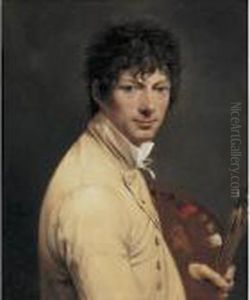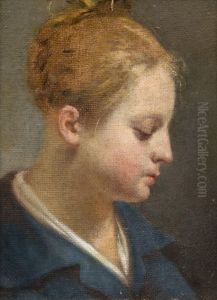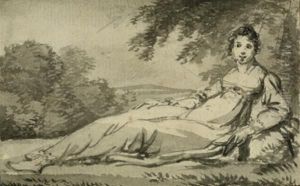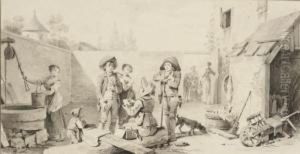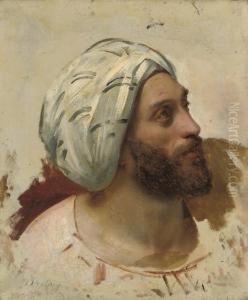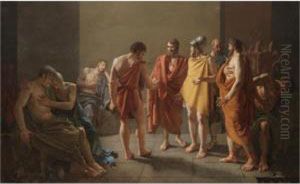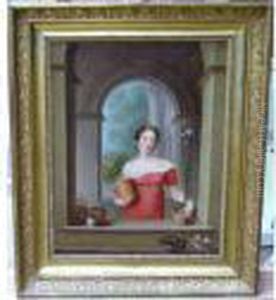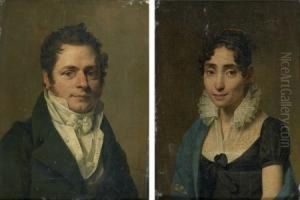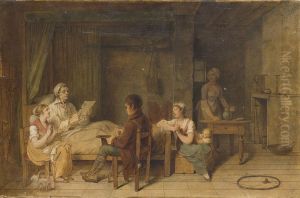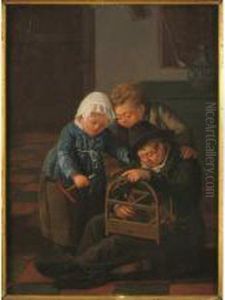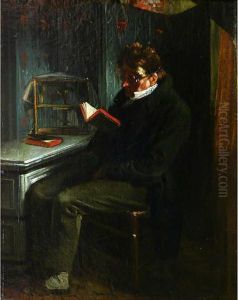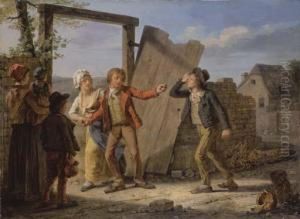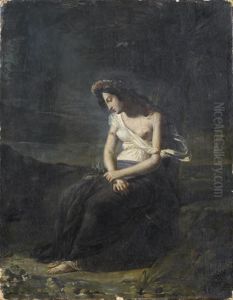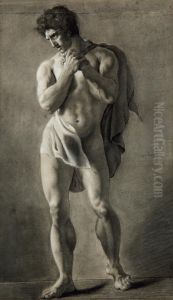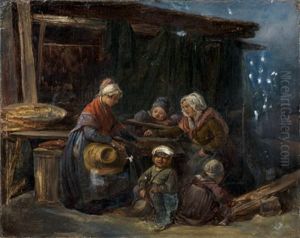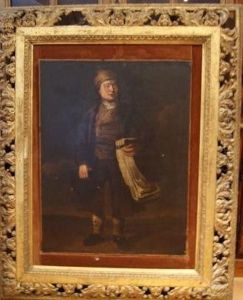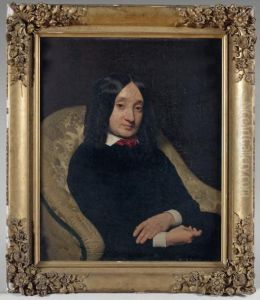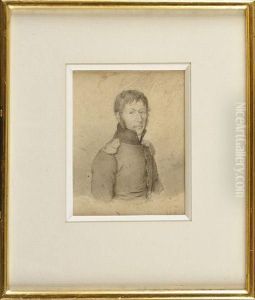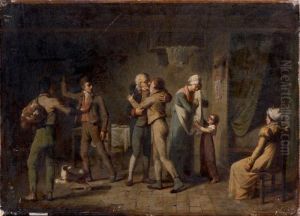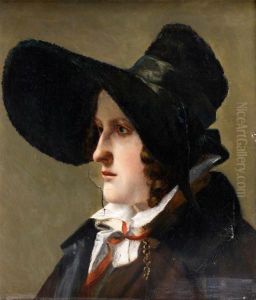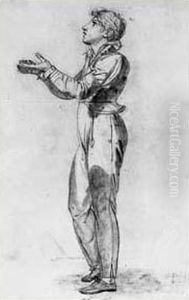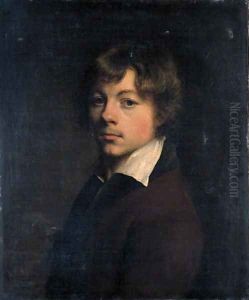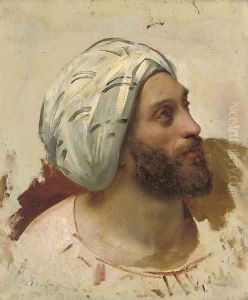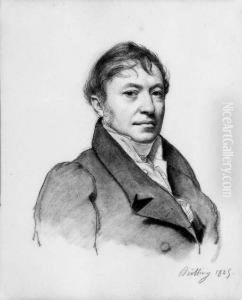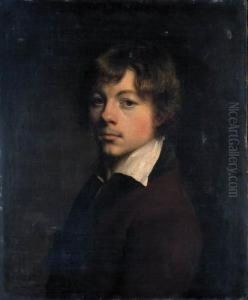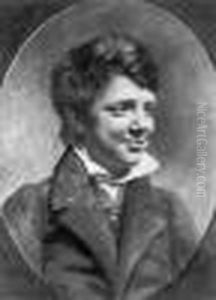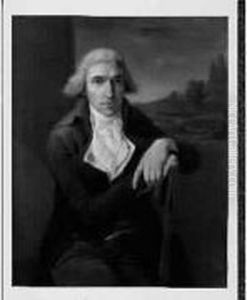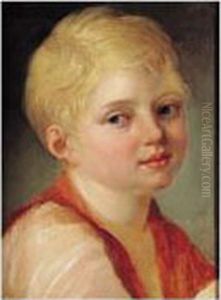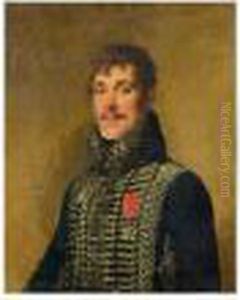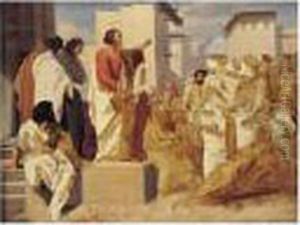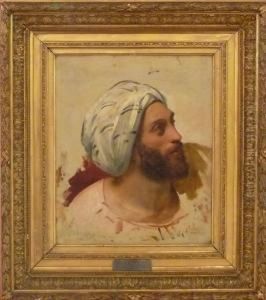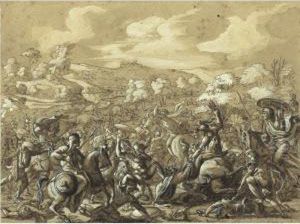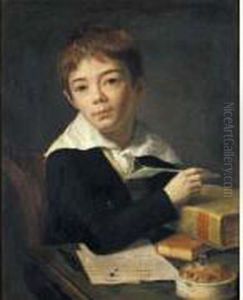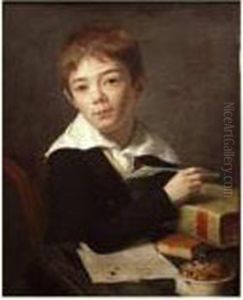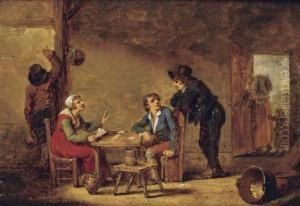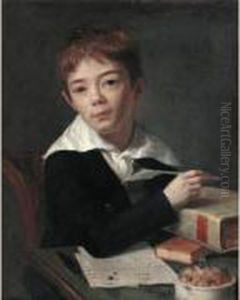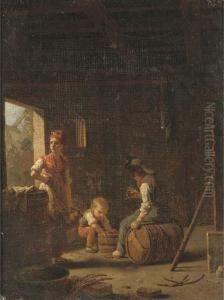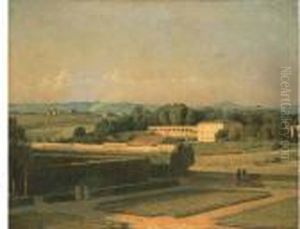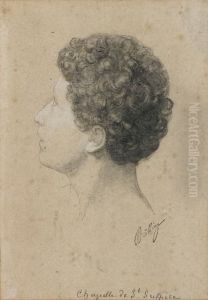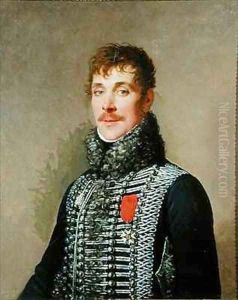Michel-Martin Drolling Paintings
Michel-Martin Drolling was a French painter, known for his classicist style and historical subjects. Born on March 7, 1786, in Paris, France, he was the son of the painter Martin Drolling, which allowed him to be introduced to the world of art at an early age. Michel-Martin received his first instruction from his father and then entered the École des Beaux-Arts in Paris, where he studied under prominent teachers such as Jacques-Louis David.
Drolling quickly developed a reputation for his meticulous approach to painting and his ability to capture the essence of classicism in his work. He won the prestigious Prix de Rome in 1810, which provided him with the opportunity to study in Rome at the Villa Medici. His time in Italy had a profound influence on his artistic style, as he was deeply inspired by the works of Renaissance masters and the grandeur of ancient Roman art.
His paintings often depicted scenes from history, mythology, and religion with a focus on clarity of form and a strong sense of composition. One of his notable works is 'The Wrath of Achilles,' which showcases his ability to convey powerful emotion through his subjects. Drolling also painted portraits and was admired for his skill in capturing the likeness and character of his sitters.
Upon his return to France, Michel-Martin Drolling became a respected professor at the École des Beaux-Arts, and he influenced a generation of young artists, including his own son, the painter Michel Drolling. Throughout his career, Drolling exhibited his works at the Paris Salon, where he received various awards and accolades. His contributions to French art were recognized by his appointment as an officer of the Legion of Honor.
Drolling's work reflects the transition from Neoclassicism to Romanticism in French art. While his style remained rooted in the classical tradition, he also began to incorporate the more expressive and emotive qualities associated with Romanticism in his later works. Michel-Martin Drolling passed away on January 9, 1851, in Paris. His legacy is preserved in the collections of various museums, including the Louvre and other institutions across France, where his paintings continue to be admired for their technical excellence and artistic beauty.
